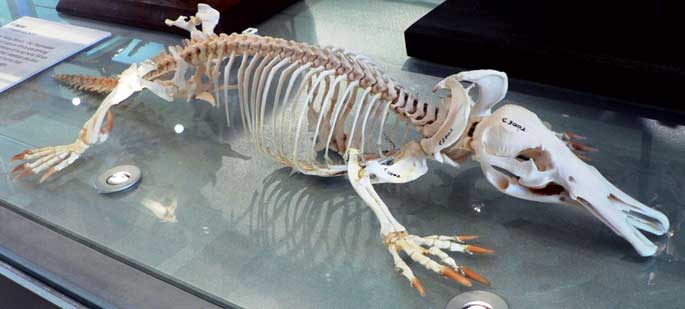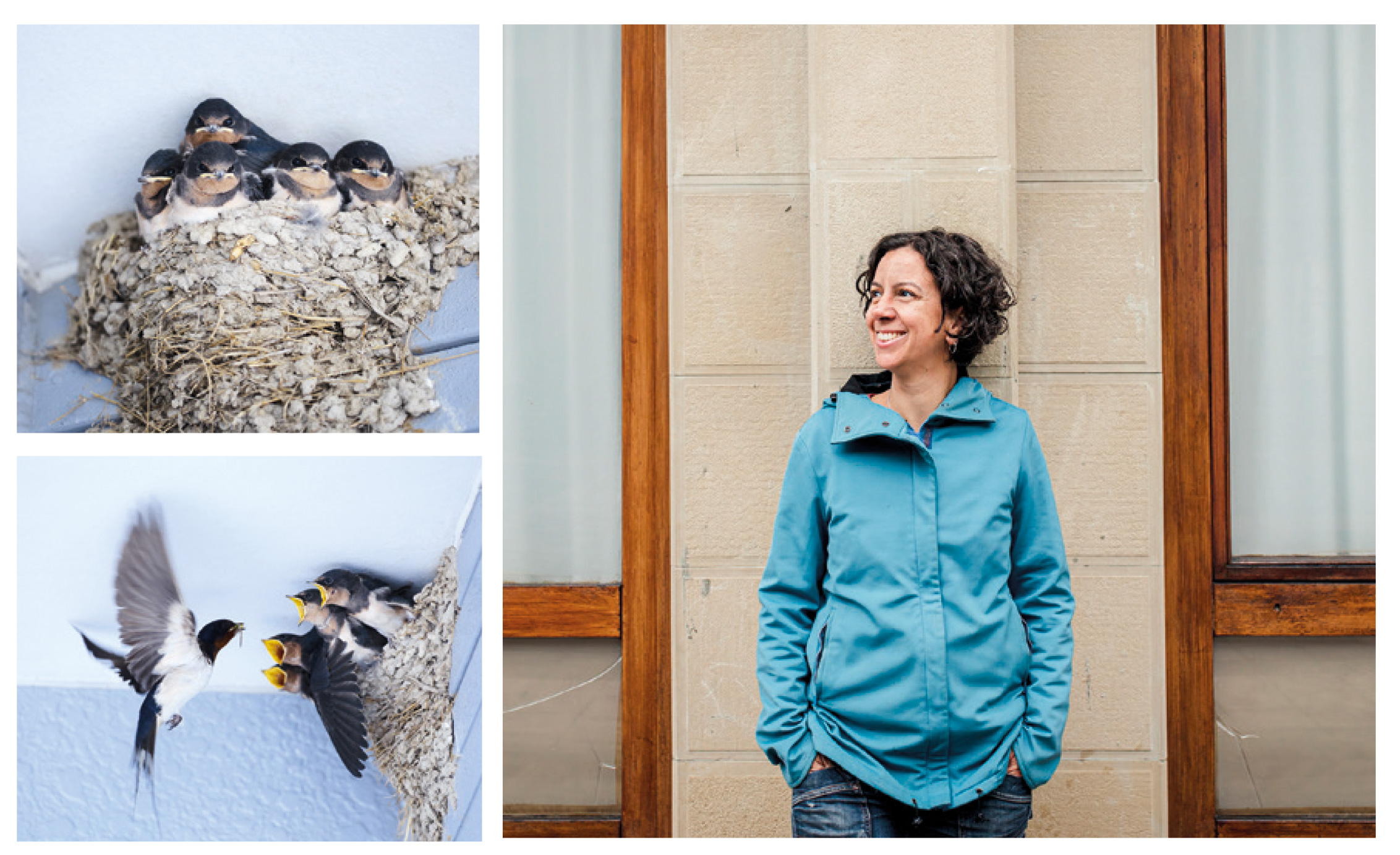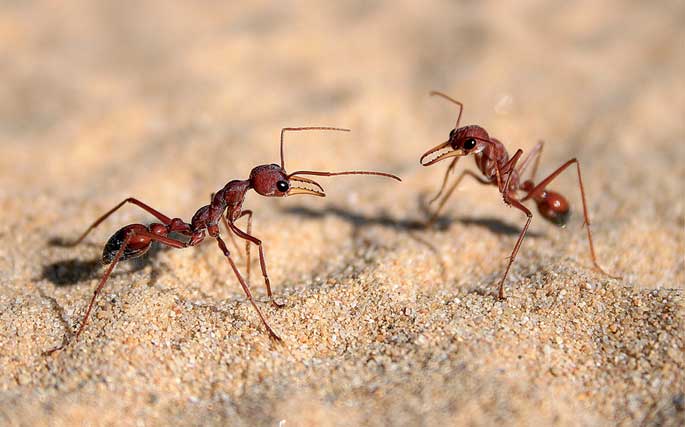Which animal is real?

Cuckfield (England) 1822. Mary Ann Mantell found a large fossilized tile in the forest of Tilgat. When the finding was communicated to her husband, the geologist Gideon Mantell (1790-1852) recorded the area until finding other signs and began studying them. The research work was published in 1925. The fingerprints found in the forest corresponded, according to Mantell, to a gigantic iguana of twelve meters, which had a branch at the end. The naturalist at the Royal Society of Surgeons, Samuel Stutchbury, told him that the yew looked like the iguana, although it was much bigger, and that's why the geologist deduced that the animal would look like a giant iguana. And that is why he gave him the name of iguanodon, which means “the tooth of iguana”...
For half a century, no one doubted the gigantic branch of Mantell's iguana. But in 1878, in Belgium, at the Bernissarte Mine, Louis Dollo discovered and analyzed the remains of 38 individuals of the same species. Iguanodons lived in the Lower Cretaceous in Europe, although they were quadruped, as Mantell said, they had the ability to adopt the posture of the feet and had no horns at the end; what Mantell considered a branch was the thumb of the dinosaur. As a result of the findings in Belgium, the espuela was placed in the appropriate place, but it retained the name iguanodon. Mantelli was credited with the lack of prudence and play on Potato Mr., but iguanadone was no more than the second dinosaur in history, and at that time there was no typology for comparing discoveries in paleontology. In addition, excess discretion was not always helpful.
A few years earlier, in 1799, botanist and zoologist George Kearsley Shaw (1751-1813) was a conservative from the natural history section of the British Museum. The governor of New South Wales sent him from Australia a strange specimen of animal, a species of octopus, but with beaver tail and ducks peak. Shaw concluded that it was counterfeiting and the experts in it agreed that it was counterfeiting. The press of the time called the animal a “typical Chinese monster and deception.” But in the years that followed, more specimens arrived in Europe, and finally, in 1884, the Scottish embryologist William Caldwell saw that one of these animals lay eggs in Queensland; years after rightly tracing iguanodone, the scientific community had to recognize the existence of ornithine.
A group of German researchers has just looked at the movement of ant groups and drawn surprising conclusions. Research work has been published in the journal The Science of Nature.Se
has observed that the speed of movement from the nest to the place where the food is found is... [+]












